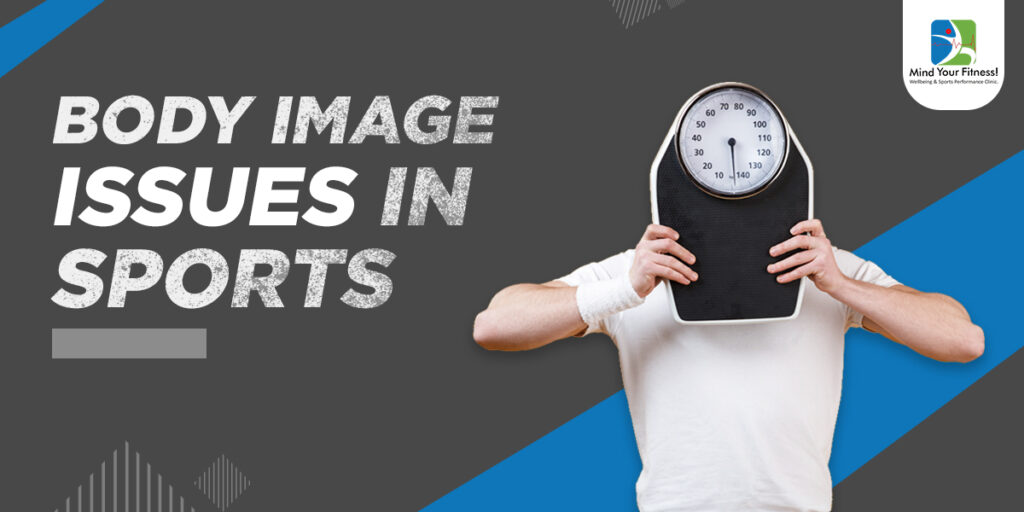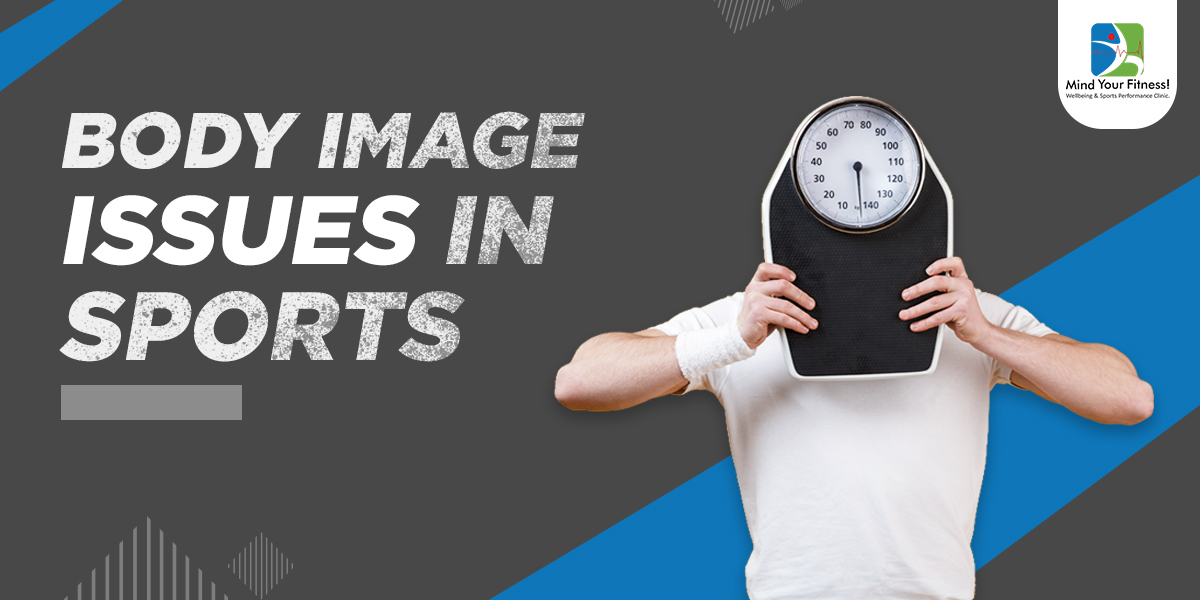
Different individuals over the years have assessed my female figure in the most bizarre of situations – not only in obvious places like an athletic track or gym, but social events too.
Ever since I can remember, it’s been all too usual for people to approach and ask, “are you an athlete?”
I used to be quite perplexed, not really knowing what to say, so I would simply reply “yes, how do you know?”. I have gathered over the years that my body shape reveals it: broad shoulders, toned legs, powerful glutes, calloused hands and fingers, and ability to lift well in the gym. I understand that athletic body shape doesn’t fit the ideal, feminine template – thin and toned are considered beautiful, but throw in a pair of bulging biceps and wide shoulders, and people might start to look at you differently. When someone would approach me with the assumption that I’m an athlete, a long jumper to be specific, even though they were right, used to make me feel really uncomfortable.
If my body shape stands out so much, I would ask myself “is it normal to look like this?”
Cody Miller, a 2016 Olympic gold and bronze medallist, as a teenager during swim meets, Miller remained fully clothed every time he walked to the starting blocks. Miller agonized over removing his shirt, when the inevitable whispers, pointing, laughs and stares would begin, he would not strip down to his swimsuit until his race was about to start.
Why do you ask? Miller has pectus excavatum, a congenital deformity in which the sternum grows inward, causing the middle of the chest to be caved in. Miller’s condition was barely noticeable until he was 12 or 13 years old, because pectus excavatum grows more severe during adolescence. His chest stopped sinking when he was done growing, and his life was never threatened, but his deformity damaged his self-worth.
Serena Williams has been an inspiration for many years. The winner of 23 Grand Slam titles, Williams had a rough journey coming to the stage she is now. Hailing from an African American family, she often had to face the axe of the society. Serena has talked about her struggles throughout her career, especially during the early stages. Growing up wasn’t a cakewalk for her either. Serena and Venus Williams, despite being sisters, are different from each other. Serena is a well-built athlete while Venus is on the slender side. This difference held true from the early days.
“When I was growing up, what was celebrated was different,” Williams stated. “Venus looked more like what is really acceptable. She has incredibly long legs, she’s really thin. I didn’t see people on TV that looked like me, who were thick. There wasn’t a positive body image. It was a different age.”
Body image issues are something every individual deals with. Be it an athlete or non-athlete, regardless of your multidimensional identity.
Sport is a microcosm of society. That is, what we see in society, we will likely see in sport, including body image issues.
Unfortunately, those issues tend to be more complex and conflicted for athletes. Athletes have the same risk factors as non-athletes, but they also have risk factors unique to the sport environment or to a particular sport (Thompson & Sherman, 2010).
Recent research suggests that athletes have two body images—one in sport and one outside of sport. Thus, they are at risk in either or both contexts. Athletes must deal with “competitive thinness” issues and tend to make unhealthy body comparisons in both the sport and societal environments. Most of these comparisons within the sport will be made with teammates but could also involve competitors.
Another factor for athletes that tends to exacerbate body image concerns is the conflict many feel when making their bodies more muscular through sport specific weight training. Although the stronger, more muscular body can facilitate sport performance, some female athletes feel that it is a disadvantage with regard to attaining and/ or maintaining society’s thin ideal.
An additional factor that can affect body image in athletes relates to revealing sport attire. A uniform can be “revealing” based on the amount of skin revealed or how tightly the uniform conforms to the body. Such a uniform can increase body consciousness and body dissatisfaction, which in turn can increase the risk of unhealthy dieting and disordered eating symptoms.
The world outside of sport isn’t any better, we know that.
Social media, celebrity culture, the fashion industry, all of it reinforces beauty standards for men and women, with the lean figure continuing to dominate. Add the misconception “leaner = faster” that dominated endurance running for decades, and this is what we are left with.
And things are not going to change on their own.
I think it’s the judgement that frustrates me most. The pressures that we feel because of this, not wanting to make others look at you differently, analyse what you’re doing, talk about you when you’re not there. It works both ways – comments about losing and improving health can be equally detrimental if taken the wrong way.
In sport, where athletes come in extraordinary shapes and sizes, my mind boggles that a training set-up could be so conservative and traditionalist. Until triple world-record-holder Usain Bolt came along, sports scientists didn’t even believe that tall people could sprint competitively over 100m.
So, I guess the question remains? What can we do?
- Encouraging health (e.g. healthy eating) and fitness (e.g. muscle gain) through good nutrition and physical development as a coach can be very positive, specifically within the sport and training environment. Healthy, fit sport bodies are better nourished, more energetic – and therefore also more capable for performing strong in training or competitions.
- Athletic body image can be communicated through prescribed training plans and coaches’ evaluations of athletes’ training. Training plans are certainly helpful to enhance the performance and are therefore encouraged to be followed by coaches. The encouragement of following such training plans can be perceived as keeping bodies strong instead of conforming to body ideals.
- From the athletes’ point of view, more discussions with athletes about body image, and more specifically body change would be beneficial. More discussions are considered as positive because they usually mean better guidance and suggestions about body change. Coaches’ recognition of body change should therefore include both appreciation of body change and direction for maintaining a nutritious diet with the help of an expert, such as a nutritionist.
~ Authored by Varadayini Gorhe Sport Psychologist, Mind Your Fitness!
(Assisted by Triveni Kulkarni)





